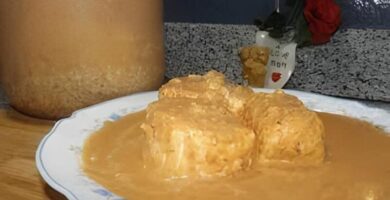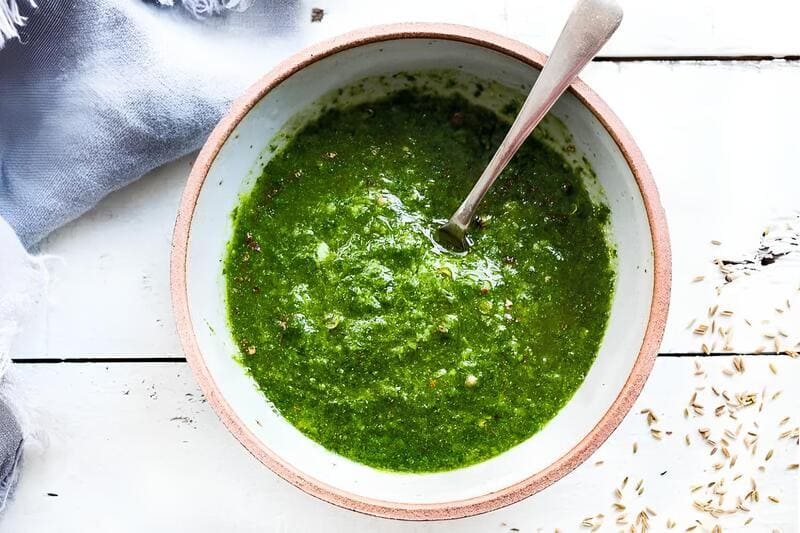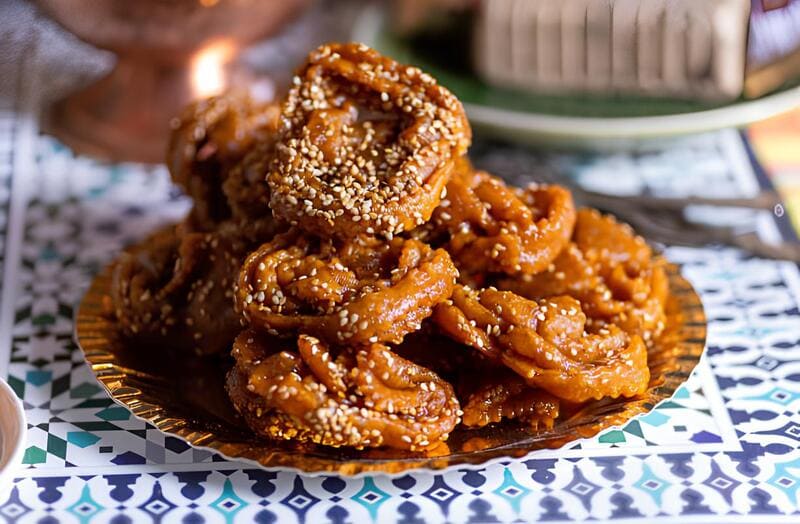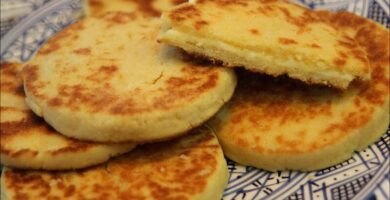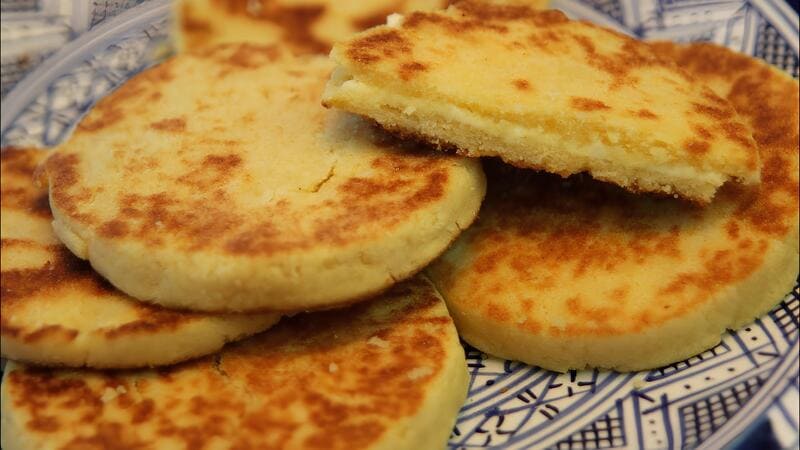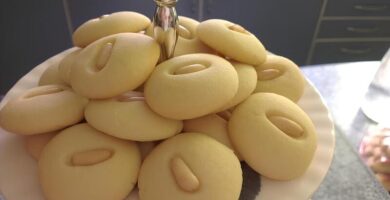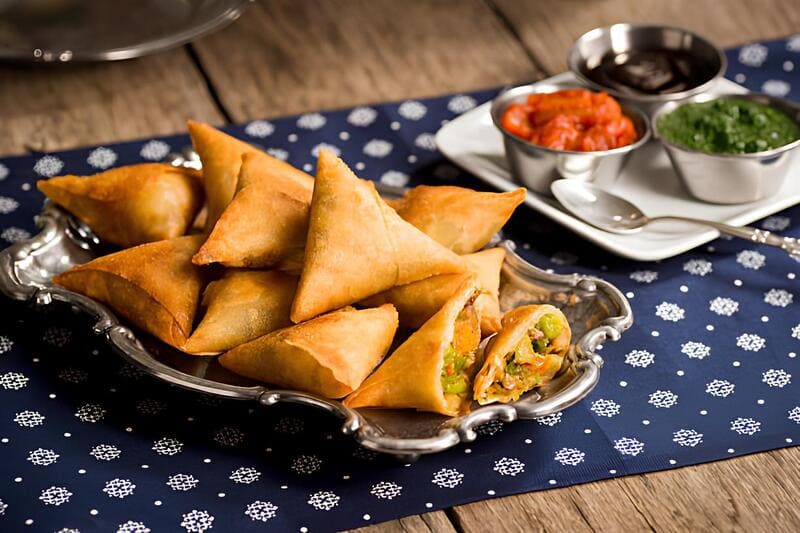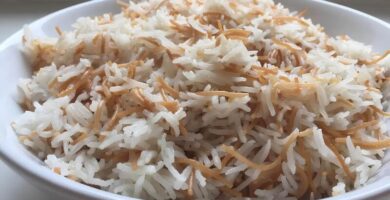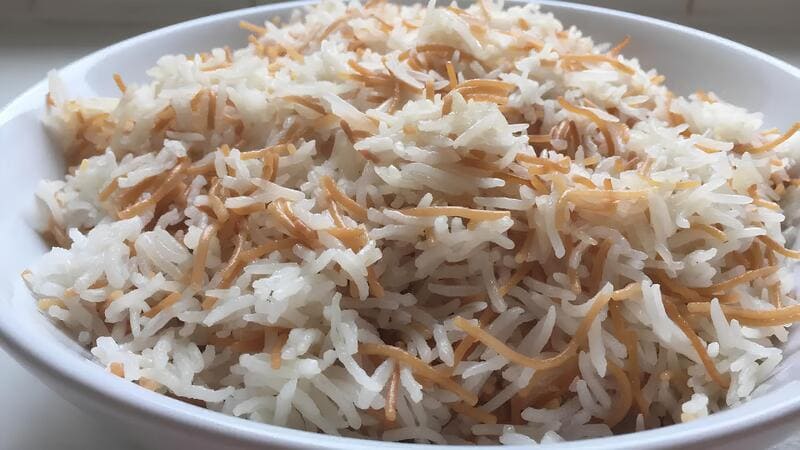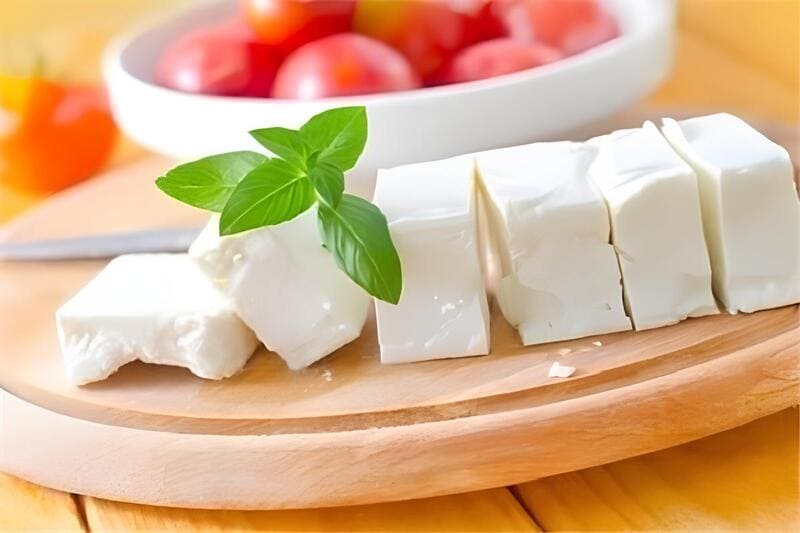
Egyptian old cheese, also known as mish, is a treasured delicacy in Egyptian cuisine. Revered for its intense, salty, and tangy flavors, mish has been enjoyed in Egyptian households for centuries. Traditionally made from aged cheese, this dish embodies a rich history and cultural significance, often associated with family gatherings and festive celebrations.
Mish stands out for its unique fermentation process, which enhances its strong flavors and preserves it for extended periods. The traditional preparation might take months, but this recipe offers an easy and quick version to enjoy the benefits of mish without the long wait. Perfect for those who crave the taste of old, aged cheese, this dish pairs well with bread, pickles, and fresh vegetables.
Ingredients
- 1 kg aged barrel cheese (Baramily or available substitute)
- 2 containers of yogurt
- 1 cup raw tahini
- 2 red hot peppers or 2 tablespoons harissa
- Optional: grated Romano or cheddar cheese for extra flavor
Preparation
- Chop the aged barrel cheese into small cubes.
- In a blender, combine yogurt, raw tahini, and chopped red hot peppers or harissa.
- Add the cheese cubes to the blender mixture.
- Blend briefly to create a coarse mixture ensuring the cheese remains slightly chunky.
- Transfer the mixture to a large dish and mix thoroughly with a spoon or potato masher.
- Ensure the chili paste or chopped peppers are evenly distributed for a consistent flavor.
- Serve immediately or store in the refrigerator for later use.
Did you know?
Mish has deep roots in Egyptian culinary traditions and is notably popular in the Damietta region. Historically, it has been made by fermenting cheese in jars for months, allowing the unique flavors to develop. This method was a practical way to store cheese and ensure its availability throughout the year.
The benefits of mish go beyond its remarkable taste. Fermenting cheese enhances its digestibility and introduces beneficial probiotics, which can be good for gut health. Additionally, due to its high protein content, mish is a nourishing component in Egyptian diets.
Traditionally, mish is enjoyed with fresh vegetables, pickles, or simply spread on bread. Some creative variations incorporate it into salads, pairing it with ingredients like tomatoes and olive oil to create a flavorful and nutritious dish. Whether you prepare an authentic aged version or this easy, quick recipe, mish is sure to bring a taste of rich Egyptian heritage to your table.
In modern Egypt, mish can also be found pre-made in stores, providing convenience without compromising on traditional flavor. However, many families still prefer homemade mish, valuing the personalized touch and the unique flavor profiles that result from their cherished recipes. So, why not try making mish at home? It’s a delightful way to connect with the old culinary traditions of Egypt and savor an authentic taste experience.
